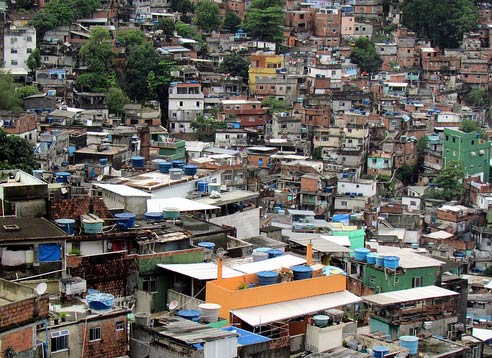Discovery of Radioactivity - Chemistry LibreTexts.
The Discovery of Radioactivity and its Effects Essay 1167 Words 5 Pages During the 1800’s, the late 1800’s, scientist discovered radioactivity. The study of radio activity became a phenomenon amongst scientist during this time period.
The discovery of radioactivity took place over several years beginning with the discovery of x-rays in 1895 by Wilhelm Conrad Roentgen and continuing with such people as Henri Becquerel and the Curie family. The application of x-rays and radioactive materials is far reaching in medicine and industry.

The radioactivity of uranium was discovered in 1896 by Henri Becquerel who, starting from a wrong idea, progressively realized what he was observing, regularly informing the French Academy of Sciences of the progress he was doing.

Henri Becquerel was a French physicist who discovered radioactivity. He won the 1903 Nobel Prize in Physics with Pierre and Marie Curie for this discovery. Henri Becquerel was a French physicist who discovered radioactivity. He won the 1903 Nobel Prize in Physics with Pierre and Marie Curie for this discovery.

The emission of the rays Becquerel discovered is called nuclear radioactivity, and the rays themselves are called nuclear radiation. A nucleus that spontaneously destroys part of its mass to emit radiation is undergoing radioactive decay. Radiation does not vary with chemical state.

Like Thomson’s discovery of the electron, the discovery of radioactivity in uranium by French physicist Henri Becquerel in 1896 forced scientists to radically change their ideas about atomic structure. Radioactivity demonstrated that the atom was neither indivisible nor immutable.

The Early Discovery of Radioactivity. A Frenchman named Henri Becquerel is said to be the person who discovered radioactivity. In the year 1896, Becquerel got some naturally fluorescent minerals to be used in an in-depth experiment.

No 1 in a series of essays on Radioactivity produced by the Royal Society of Chemistry, Radiochemistry Group PDF (736k) After the Discovery of the Nucleus No 2 in a series of essays on Radioactivity produced by the Royal Society of Chemistry, Radiochemistry Group.
.jpg)
Start studying discovery of radioactivity. Learn vocabulary, terms, and more with flashcards, games, and other study tools.

In 1906 Henri Becquerel, the French physicist who discovered radioactivity, accidentally burned himself by carrying radioactive materials in his pocket. Noting that, Pierre Curie, the co-discoverer of radium, deliberately produced a similar burn on himself.

This discovery was followed in 1896 by Henri Becquerel’s discovery that uranium salts gave off similar rays naturally. Though originally thinking that the rays were given off by phosphorescent uranium salts after prolonged exposure to the sun, he eventually abandoned this hypothesis.

Important Dates of Radioactivity Timeline created by andiiams47. In Science and Technology. Apr 27, 1896. The Discovery of Radioactivity Antoine Henri Becquerel discovered radioactivty accidently. He left some of the uranium on top of a black photography plate. After leaving the uranium there, there was a white spot on the developed plate.

The History of the Discovery of Radiation and Radioactivity Introduction: Radiation can be defined as the propagation of energy through matter or space. It can be in the form of electromagnetic waves or energetic particles. Ionizing radiation has the ability to knock an electron from an atom, i.e. to ionize.



